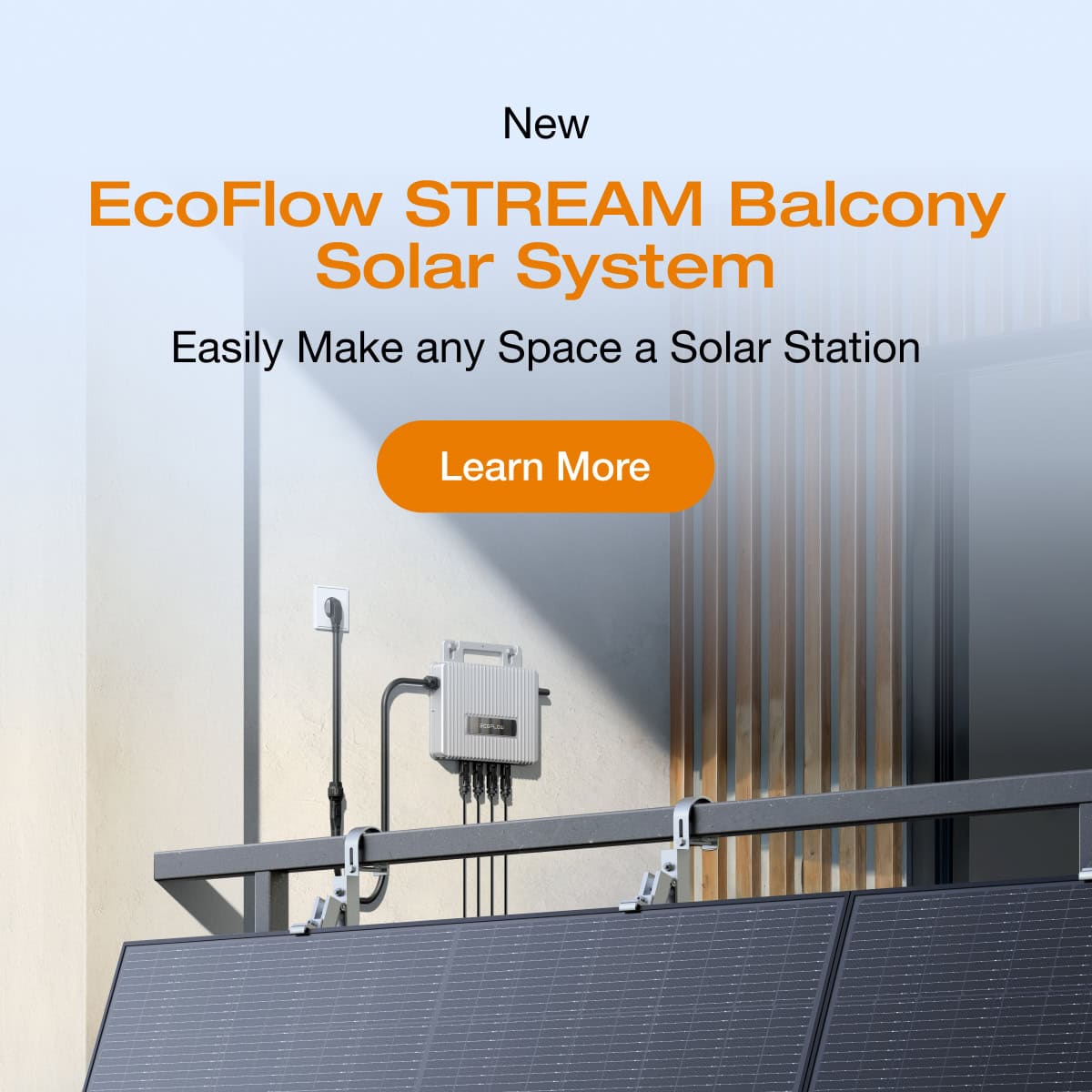Table of Contents
For those looking to create a more sustainable home lifestyle, the choice of solar panels includes various factors – from space efficiency to financial investment. The size of solar panels informs how many you can install on your roof or what space you’ll need to dedicate to your yard or patio to set them up.
The sizes of solar panels can vary based on the type of panel, wattage, and brand. Below, we discuss the different dimensions of panel models and how these parameters can influence your renewable energy decisions.
Different Sizes of Solar Panels
When it comes to solar power, one size doesn’t fit all. There are distinct types of solar panels, which influence their total size. The three types include monocrystalline, polycrystalline, and thin-film.
Monocrystalline Solar Panels
Renowned for their efficiency and longevity, monocrystalline models are sleek, easily recognisable, and black. Their unique manufacturing process uses single-crystal silicon, which results in a uniform structure that maximises energy output. They typically have rounded edges.
For residential usage, two predominant sizes are popularly used:
- 60-cell panels, measuring approximately 65 by 39 inches (165 x 99 cm), typically produce between 280-320 watts. So, these models require about 17.6 square feet (1.63 square meters) of space.
- 72-cell panels, around 77 by 39 inches (195 x 99 cm), generate a more potent 340-400 watts. These ~400W models require 20.8 square feet (1.93 square meters).
EcoFlow’s Solar Panels (whether mountable or Portable) are monocrystalline, so their measurements will be in the same arena as the above. For example, the EcoFlow 400W Rigid Solar Panel, one of the many sizes of EcoFlow Rigid Solar Panels, has dimensions of 67.8×44.6 inches (172.2×113.4 cm).
While these dimensions aren’t exactly what we have listed above, they follow a similar pattern and are relatively close. That’s why checking the manufacturer’s specs for exact length and width measurements is essential.
Polycrystalline Solar Panels
Polycrystalline solar panels, or ‘polysilicon,’ are crafted from an assembly of multiple crystalline structures to create a blue-tinted panel. Though slightly less efficient than their monocrystalline counterparts, they present an appealing, cost-effective option. Polycrystalline installations typically utilise:
- 60-cell panels, similar in size to their monocrystalline equivalents, offer an electrical output akin to the smaller 60-cell monocrystalline. 65×39 inches (165 x 99 cm), requiring 17.6 square feet (1.63 square meters) of space.
- 72-cell panels align in size and wattage to their monocrystalline counterparts. Again, their size is relatively similar to monocrystalline models with the same number of cells, around 77 x 39 inches (195 x 99 cm) and requiring 20.8 square feet (1.93 square meters).
Polycrystalline panels serve a broad spectrum, including both residential and commercial installations.
Thin-Film Solar Panels
Thin-film panels differ drastically from mono and polycrystalline. Rather than being made from crystal silicon, they’re composed by depositing a thin film of photovoltaic material onto a base, yielding a lightweight, flexible panel that comes in varied shapes and sizes:
- Amorphous Silicon: Ideal for its flexibility and used in portable solar chargers or small residential systems. Though somewhat small, they come in a range of sizes. This is what EcoFlow’s Flexible Solar Panels are made of, making them perfect for unique setups such as RV or boat installation. The EcoFlow 100W Flexible Solar Panel comes in at 41.5 x 24.1 x 1.0 in (1.055 x 612 x 25 mm).
- Cadmium Telluride: For expansive projects, these panels can reach sizes of several feet wide and as big as 10 feet long, helpful for large-scale solar farms.
Why Does Solar Panel Size Matter?
Solar panel size significantly impacts efficiency, capacity, and placement. Larger models capture more sunlight for increased energy generation but must fit specific roofs and spaces.
Finding the right balance between size and efficiency is crucial for homeowners with limited space. Compact, high-efficiency panels can maximise output without overwhelming space. One small panel may generate the same amount of energy as a large panel – it’s just more efficient per square inch of space.
Installation logistics, including mounting and structural considerations, are also influenced by panel size, potentially impacting the timeline, labour requirements, and costs.
Understanding these size implications helps homeowners make informed decisions aligning with both their energy needs and spatial constraints.
What To Consider When Choosing Solar Panel Size
Solar size is more than just the panels’ length and width. Selecting the appropriate solar panel size involves several key factors that should not be overlooked:
Roof Space
The available space on your roof dictates the number and size of the panels. Sure, you could use two large panels to cover the entire area of your small roof. However, efficient use of this space with smaller but more efficient models will optimise energy generation. Ensure you know the area measurement of your roof space (or deck space, yard space – wherever you plan to set up the solar system).
System Capacity
If your home uses a lot of energy, start by figuring out the wattage your system will need to support. Then, search for the smallest-size solar panels that will meet those needs, allowing you to keep the size of the system to a minimum while still satisfying all of your power requirements.
Budget
The cost of panels often correlates with their physical size. Other times, there’s a closer correlation between power generation and cost. Find a balance between the investment you’re willing to make and the power consumption needs you must satisfy.
How Much Space Do You Need to Install Solar Panels?
Determining the space requirement for solar panels is a case-by-case calculation contingent on energy needs and goals, geographic location, amount of sunlight, and panel type. You’ll need to figure out how much energy your PV system needs to produce, how many units you’ll need to reach this, and the total area for the combined panels used. Then, you’ll want to ensure you have enough space for that setup.
Here’s a helpful tip: Generally, you want at least 75 square feet (around 7 square meters) for a 1kW solar PV system. The more wattage you add, the more space you’ll need.
It’s about more than just the panels, though – your system size will also need to consider the distance between each one, mounting tools, and extra room for potential expansion down the road.
Frequently Asked Questions
There isn’t a fixed size for solar panels, but the ‘standard size’ often refers to the typical dimensions used by most manufacturers. For residential use, monocrystalline and polycrystalline models are usually close to the general measurement of 65-77 inches by 39 inches in size.
Final Thoughts
The size of your solar panels is critical to achieving your renewable energy vision for your home. Consider the comprehensive range of solar solutions, such as those offered by EcoFlow’s solar panels. By making informed choices to optimise your PV system size, you’ll keep the required space to a minimum while maximising efficiency.







